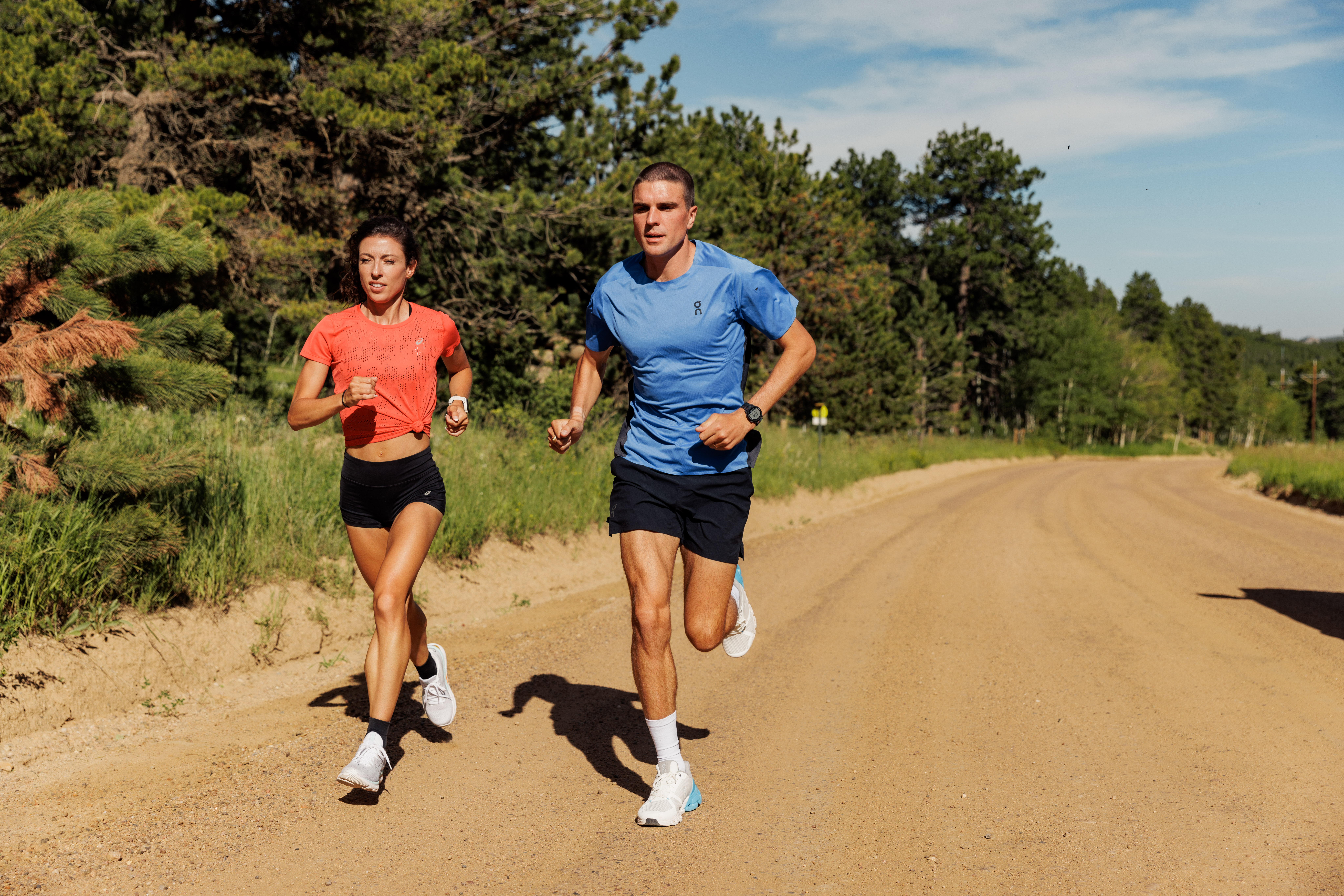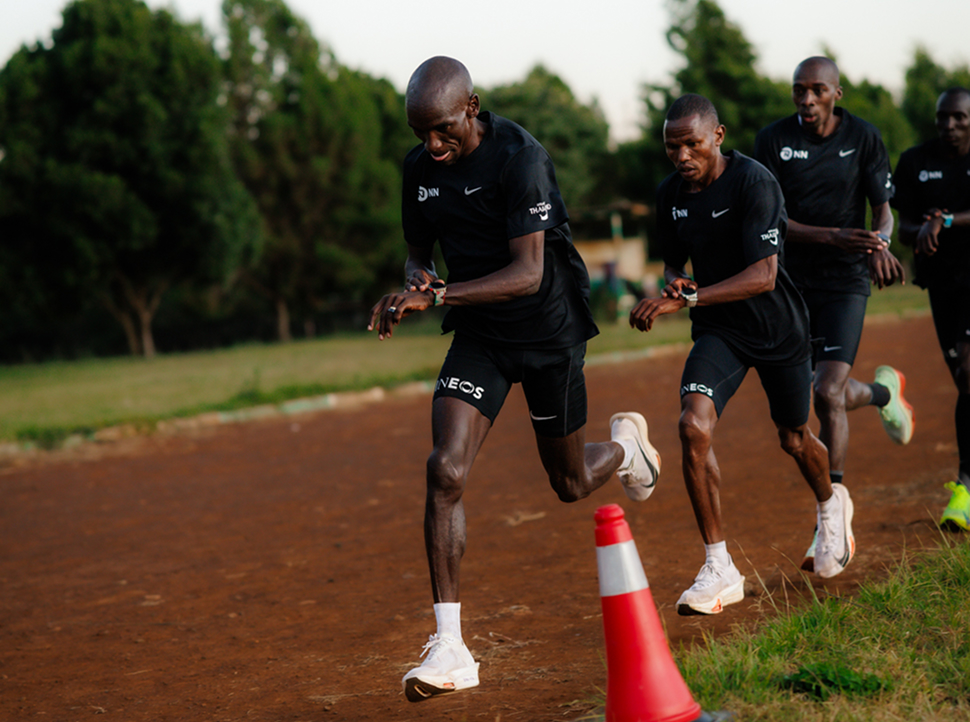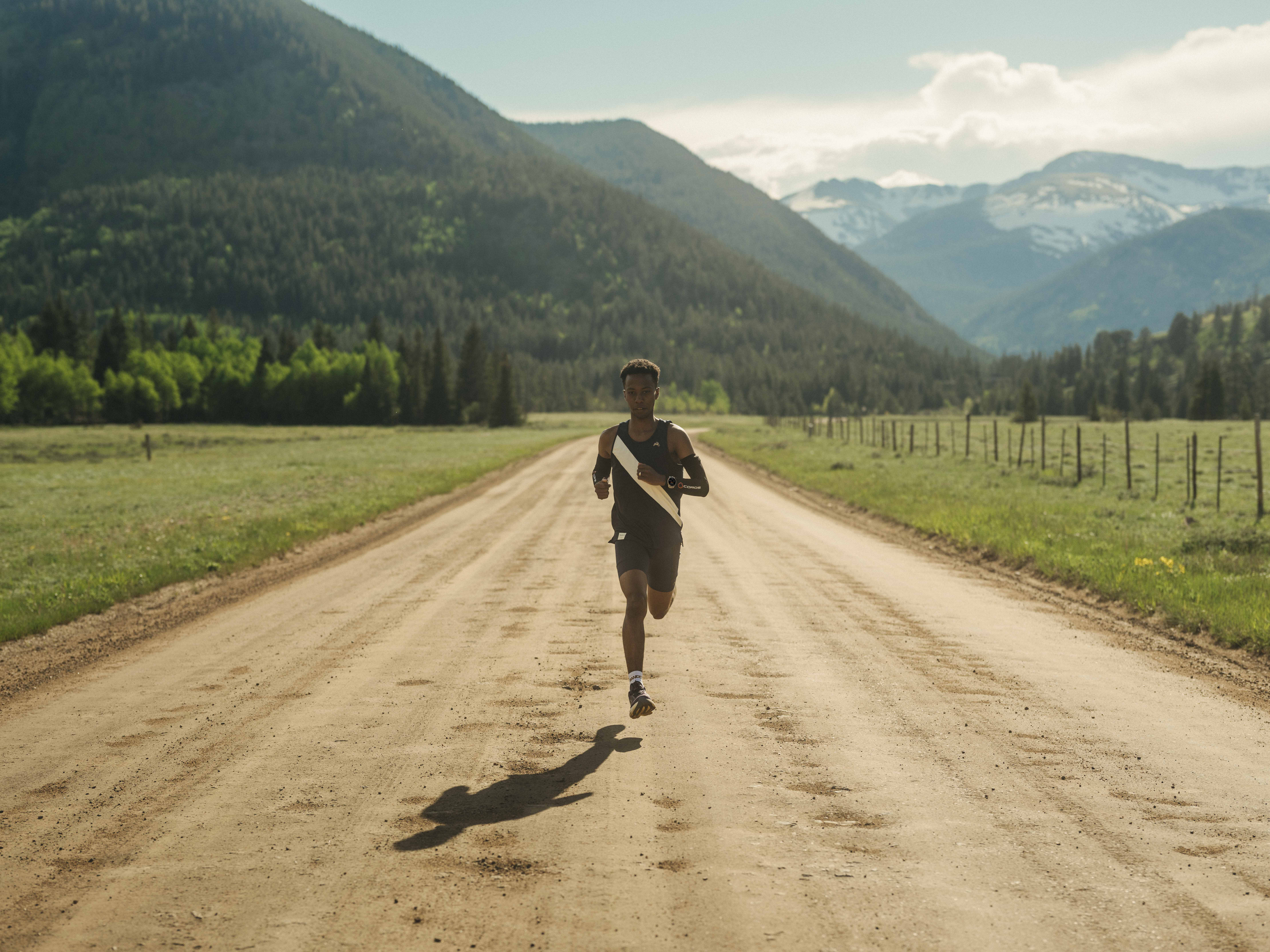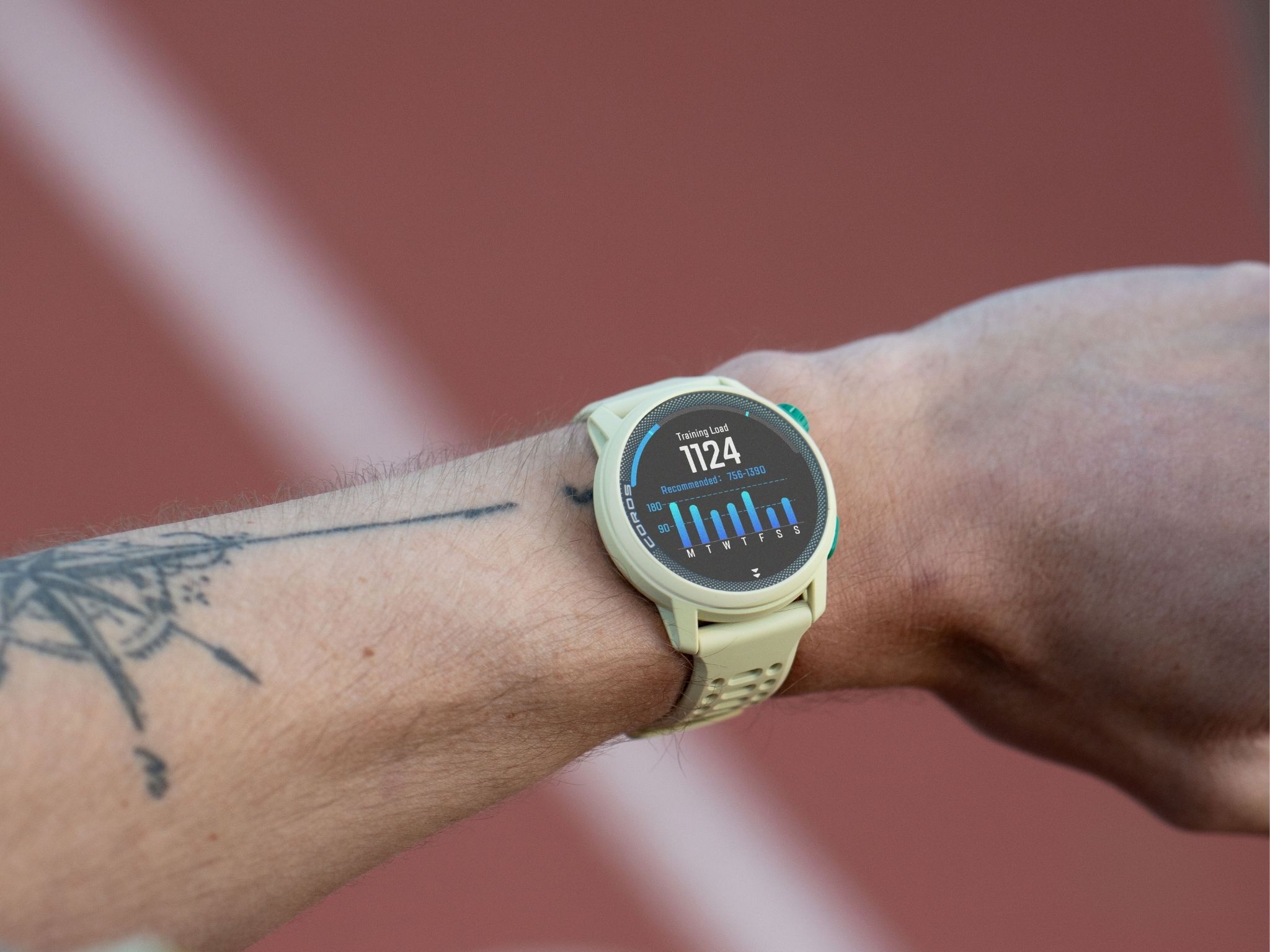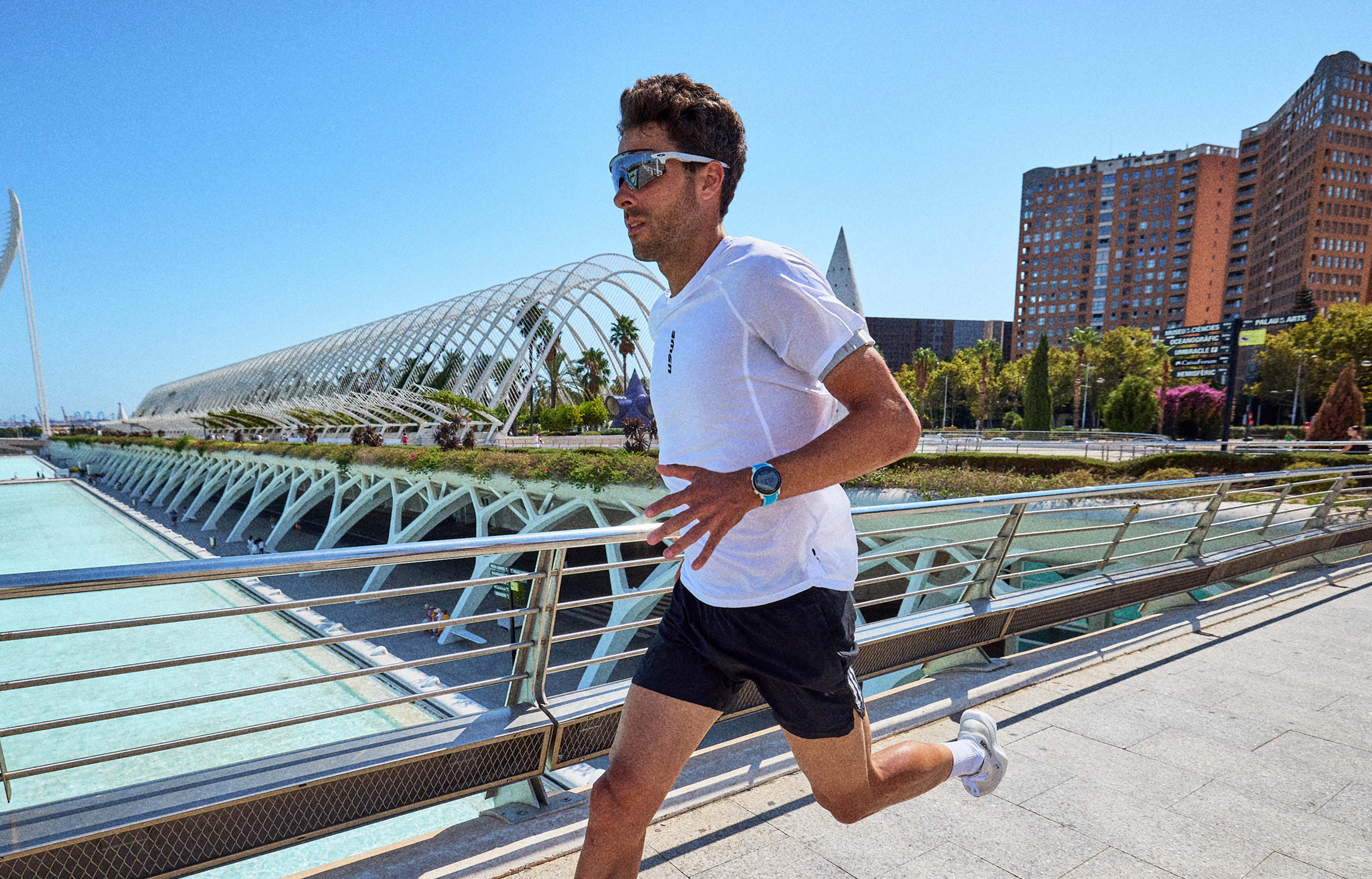If you’ve ever felt the urge to leave the pavement behind and explore something wilder, trail running might be exactly what you’re looking for.
For Emelie Forsberg, the dynamic environment that builds both body and mind along with the simplicity of the sport has always been behind her love of trail running.
With decades of experience and now a mother of three, she understands what it takes to get started and importantly how to return if you've had some time away.
Trail running is more accessible than ever, and with less focus on speed and more on being present, it takes less than you think to get started. So if you're wondering where to start, and what you should be focussing on, then Emelie’s advice can help you take that first step.
How to Start Trail Running
Getting started doesn’t mean heading straight into the mountains. Sharing many similarities with road running, trail running is about putting one foot in front of the other, but with a shift in mindset. It can be less about speed and more about awareness.
Trail terrain adds variety. You’ll move over flat stretches, technical sections, and climbs that demand power hiking. This variation activates a wider range of muscles and can help reduce overuse injuries common on flat, repetitive surfaces. Even a short trail session challenges your strength and coordination, often providing a solid aerobic effort that supports your Base Fitness.
And just as important, it keeps things fresh. Emelie recommends starting small, staying present, and letting go of pressure. When you shift the goal from metrics to experience, you’re more likely to stay motivated and avoid burnout. Trail running becomes not just another workout, but a way to reconnect with your body and the outdoors.
Emelie’s 6 Essential Tips for Trail Running
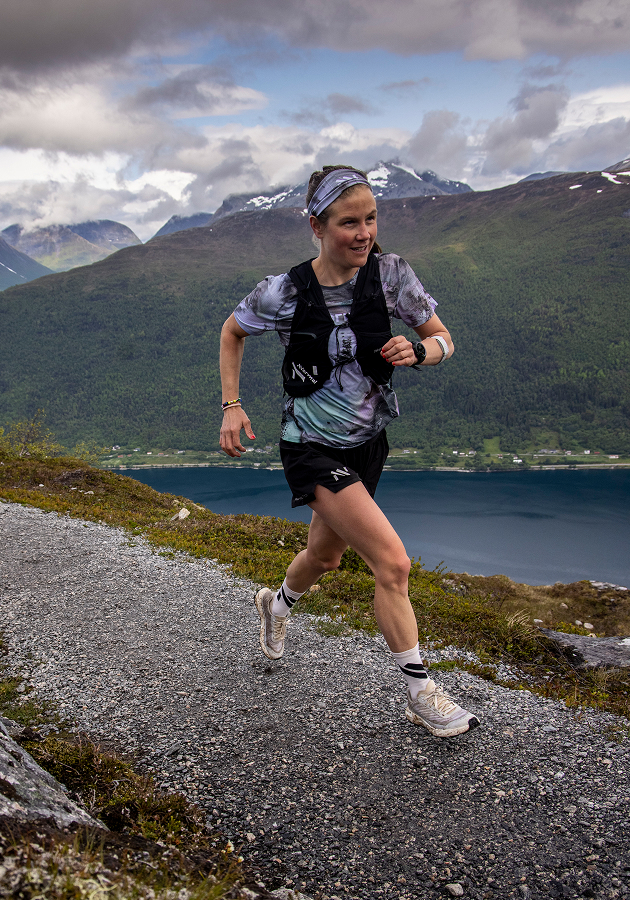
1. Take your time to explore
“Trail running gives you such a sense of freedom. Being able to move your body freely in the mountains and amongst nature is such a privilege. It can help you to connect with nature and explore places you never thought you could."
Exploring could be closer than you think; it could be a quiet park path, a forest trail near home, or a local hill loop. Connect and find new locations by making a route which you can download to your watch to guide you on your next run.
2. Follow your heart
“Heart rate is the first metric you tend to measure when you dive into the world of running. It can be such an insightful metric learn about; finding which zones are right for you."
When the terrain can change constantly, effort matters a lot more. Emelie trains mostly using heart rate to stay within a sustainable zone and avoid burnout. This was especially important during her return to training post pregnancy.
COROS Education: The COROS Heart Rate Monitor gives you the most accurate heart rate data. You can pair the monitor with any Bluetooth enabled GPS watch.
3. Slow things down
“When I am getting back into training, whether post pregnancy or injury, it's important go off your feeling and slow things down when needed. The goal is to build up strength and endurance, so I have more of a base to build upon."
Emelie is one of the most accomplished trail runners in the world and she still slows things down throughout her training. This includes easy runs, power hiking uphill sections and strength training. Combined, these give Emelie a strong foundation to build upon over time.
The longer runs and longer distances will come as you improve your trail running over time. When the body demands it, slowing down is smart, not weak.
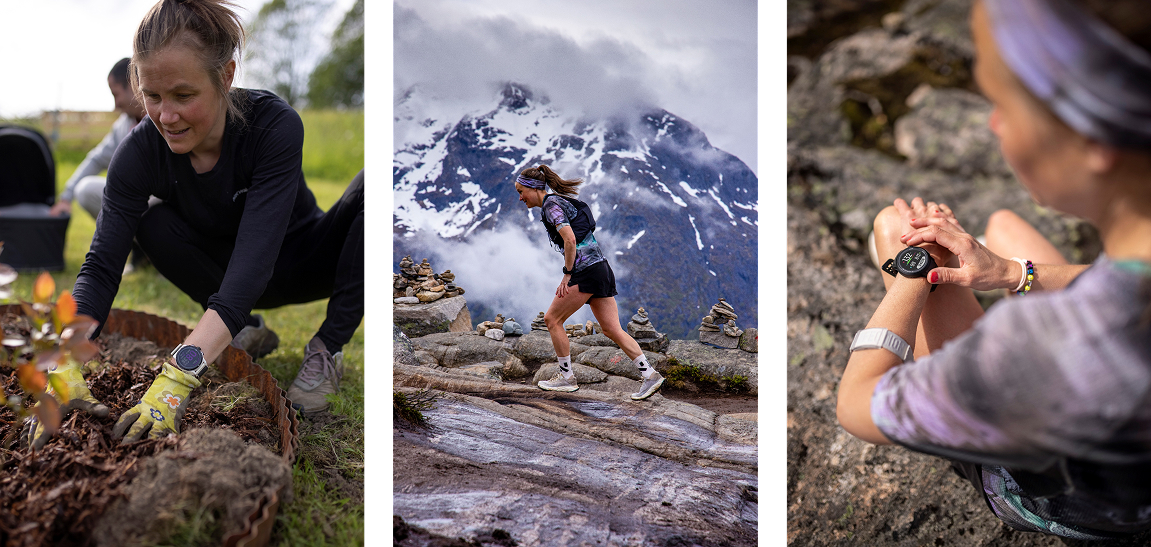
4. Form a habit
"It’s important to balance your training with the rest of your life. As long as I can handle training with giving the right level of energy to my children and family. Then the motivation to once again build up my training comes."
Staying consistent is important. COROS offers athletes tools to help them integrate training into their lifestyle. Whether it's the right training plan to help you conquer a new race distance, or metrics that help you easily see your progress over time.
5. Listen to your body
"I see if I have recovered well, measuring this with sleep, heart rate and HRV."
Trail running challenges stabilising muscles, balance, and mental focus in a different way than road running. That means rest and recovery is important; the longer runs and longer distances will come over time. When the body demands it, slowing down is smart, not weak.
Emelie uses key recovery metrics to help her understand when to hold back and when to train.
6. Enjoy it
“Progress doesn’t always show in numbers, sometimes it’s just feeling better or looking forward to your next run.”
Early on, let joy be your measure of success. The trail offers space to move at your own pace, in your own way. There’s no right or wrong here, just the opportunity to keep showing up, and enjoy the journey as it unfolds.
This is what keeps Emelie coming back to the sport, through three pregnancies, injuries, and everything life brings.
How to Train for Trail Running
Many beginners feel unsure about how to train or progress with trail running. Whether, it's stepping up distances or entering your first trail race, Emelie’s tips show that you don’t need to have it all figured out to begin.
With the right mindset, a few guiding tools, and a little patience, the trail becomes more than a place to run. It becomes a place to grow. Let your heart lead the way. And when you’re ready, COROS will be there to support every step.
/fit-in/0x18/coros-v2/images/common/logo_black.png)
